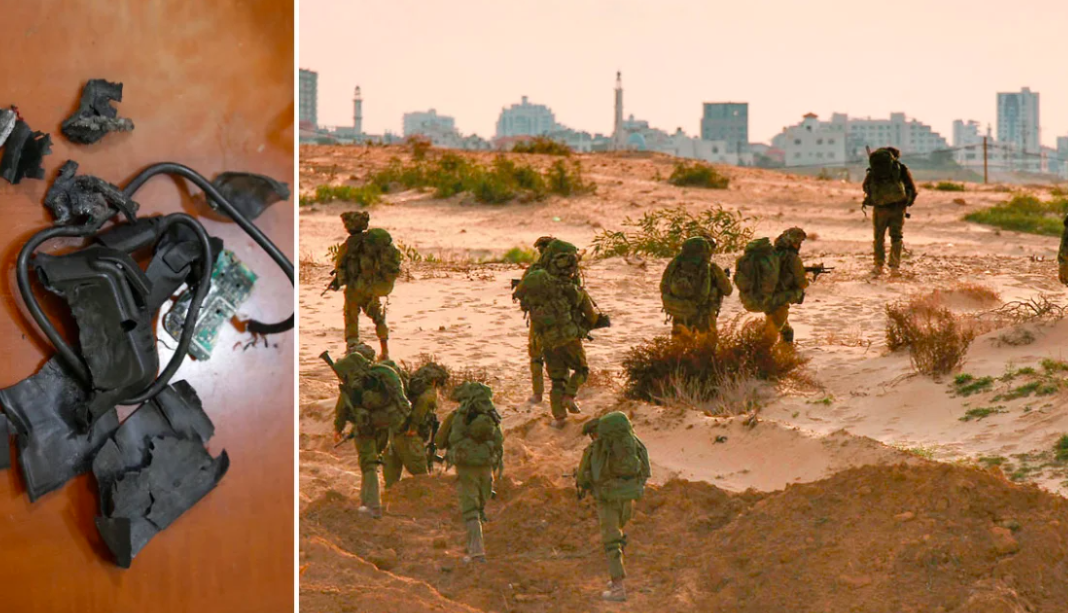The situation in the Middle East remains highly volatile and appears increasingly grim. In Western capitals, there is significant concern about a potential escalation of Israel’s conflict with the terrorist organizations Hamas in Gaza and Hezbollah in Lebanon. Iranian involvement cannot be dismissed either. Recent developments on the ground, particularly Israel’s strikes against Hezbollah in Lebanon, have underscored the overwhelming military power and technological superiority of Israel.
The psychological impact of these attacks on Hezbollah is evident. For the first time, on Thursday, members and supporters did not gather in public squares to watch a speech by their leader, Hassan Nasrallah. Instead, they retreated to coffee shops or stayed home, reflecting the panic triggered by two unexpected and technologically advanced attacks.
The Netanyahu government has decided to shift its military focus northward, believing it has nearly achieved its objectives against Hamas in Gaza. The rhetoric from senior Israeli officials echoes the days leading up to last year’s deadly attack on October 7, signaling little room for negotiation.
The use of similar rhetoric regarding the Lebanese front raises alarms in the West. “Hezbollah will pay a heavy price,” stated Israeli Defense Minister Yoav Gallad, followed by extensive bombings of the organization’s launch sites.
In this context, the joint threats from Hezbollah and the Revolutionary Guards of an “overwhelming response” and “scenes of apocalypse” if Israel invades Lebanon suggest a fear of unexpected retaliation. However, many view these threats as more of a communicative obligation. Nasrallah claimed such an invasion would be “a great opportunity for Hezbollah,” likely intending to justify a response. Yet, one must question how genuinely he believes that. For now, Hezbollah has resorted to routine rocket attacks, adhering to a strategy of controlled escalation. In this conflict, certainty about any outcome is a luxury that cannot be afforded.
Public Opinion in Turmoil
Meanwhile, international public opinion has been taken aback by the latest demonstration of Israel’s technological advancements and operational effectiveness. The Mossad continues to astonish even the most skeptical observers regarding its determination to achieve its objectives.
Historically, Mossad’s global operational superiority has been well-established. From the arrest of Adolf Eichmann, which solidified the belief that “no one escapes from the Mossad,” to the meticulously organized “Wrath of God” operation aimed at avenging the Munich massacre, the agency has demonstrated remarkable efficacy. For instance, the assassination of Hamsari, the head of “Black September,” in Paris—via an exploding phone—foreshadows the recent attacks in Lebanon.

Mossad has consistently proven itself, as seen in Operation Entebbe, by being several steps ahead in terms of mechanisms, organization, planning, and the innovative use of resources. It has impressed allies while instilling fear in adversaries, neutralizing all resistance to achieve its objectives.
Today, following strikes characterized by impressive innovation and precise application of advanced technology, questions arise globally about the future of such operations. Warfare is shifting from direct conflict to more effective hybrid strategies, employing surgical strikes with sophisticated, constantly evolving software and next-generation technologies, including Artificial Intelligence. This evolution is rendering traditional countermeasures obsolete.
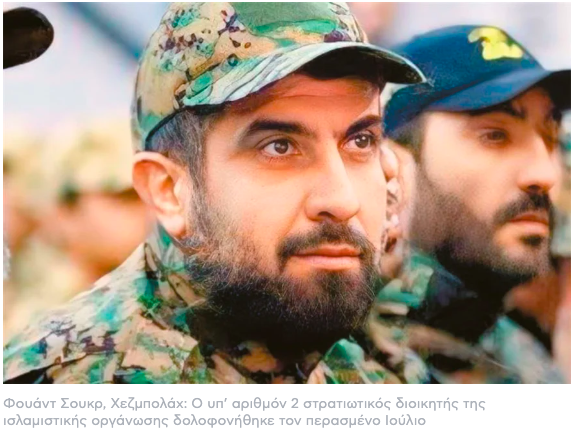
The ability to infiltrate thousands of devices through mobile phones and wireless receivers—without detection—was once deemed unimaginable. However, Mossad’s achievements suggest that such tactics may soon be viewed as outdated, paving the way for even more advanced strategies.
Career Opportunities at Mossad
Mossad, the world’s second-largest intelligence agency after the CIA, operates with an estimated annual budget of $3 billion and employs around 7,000 personnel, according to converging but unofficial sources. Its website prominently features a “Career Opportunities” section, listing numerous positions for candidates with degrees and training in high technology, IT, communication, and related fields. Currently led by David Barnea, who is under scrutiny for his role in the October 7 attack, he is regarded as the most powerful figure in Israeli leadership after the Prime Minister.
Among its ranks is the notorious Chiton group, responsible for high-priority special missions, boasting an impressive success rate of 95%.
Mossad agents have access to some of the world’s most advanced espionage technology, including cutting-edge surveillance equipment and sophisticated communication systems. Approximately 50% of its workforce consists of technology specialists. By partnering with civilian companies, Mossad taps into Israel’s dynamic high-tech ecosystem to develop innovative systems. Today, it employs state-of-the-art tools in cyber warfare, Artificial Intelligence, big data analysis, and machine learning. Its engineers and technicians continuously create specialized equipment tailored to specific operational needs, ensuring that the agency remains at the forefront of technological advancement.
Recent Operations
The recent strikes in southern Lebanon exemplify a highly sophisticated covert operation. Mossad successfully infiltrated Hezbollah’s supply chain, placing high explosives inside the buzzers the group uses to safeguard its communications against smartphone eavesdropping.
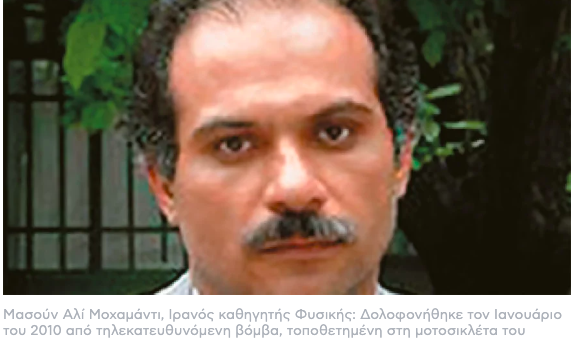
The coordinated attack, which resulted in thousands of buzzers exploding simultaneously, showcased the advanced technology employed. According to a senior Israeli military source cited by Sky News Arabic, Mossad agents inserted PETN (Pentaerythritol Tetranitrate) into the batteries of the buzzers before they were delivered to Hezbollah.
The vulnerability in this chain likely stemmed from BAC Consulting KFT, a subcontractor based in Budapest and associated with the Taiwanese company Gold Apollo. BAC claims to have supplied or even manufactured the AR-924 buzzers for Hezbollah.
Mossad remotely detonated the devices by increasing the temperature of the pager batteries, igniting the PETN, which is highly sensitive to heat. Each buzzer contained up to 20 grams of PETN—more than sufficient to cause lethal explosions. This approach effectively neutralized traditional detection and interception methods, allowing Mossad to bypass standard electronic countermeasures that could have detected the radio signals used to trigger the explosives.
Precision targeting
It is unknown if all the buzzers went off or just specific devices. Mossad may have used intelligence to select high-value targets within Hezbollah. Adhering to its logic of selective strikes, minimizing “collateral damage” while maximizing strategic impact.
At the same time, the operation confirms Mossad’s ability to carry out sophisticated and targeted attacks deep inside enemy territory. Its terrifying expertise, its emphasis on electronic warfare, intelligence infiltration, and psychological operations. Advanced capabilities and the ability to penetrate even the most secure networks. It sends a “heavy” message to Hezbollah, as everywhere, about the security of supply chains and communications devices in modern warfare: that even the smallest vulnerabilities can have devastating consequences.
“Bury the Cell Phones”
It is recalled that Nasrallah was deeply concerned about breaches in communications security and ordered his men not to use smartphones. Hezbollah used a coded language in its internal communications network. In a speech in February he was extremely revealing: “Throw them in barrels, bury your mobiles. He is their (the Israelis’) murderous partner.” He duly warned them.
They listened to him as they should. Most buried them. By the way. They could not predict Mossad’s next operational venture. The unpredictability. The Mossad set them up, exploiting their rational…fear. Where they didn’t expect it. They snagged one of her bulk orders for buzzers. And turned them into bombs. It is unknown whether the Israelis actually gained control of or even created BAC themselves. Either way, this is the perfect business. The Mossad had only to press the button when they decided. They seem to have judged that the operation was in danger of being exposed. And they pressed it. Twice.
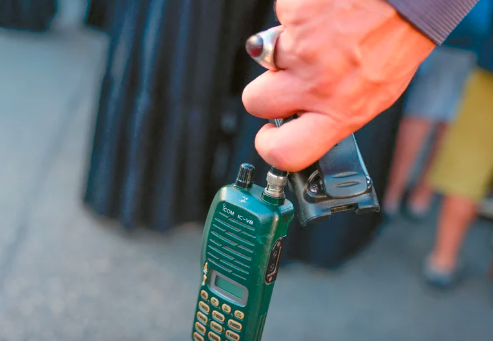
For now, the result is 37 dead, including children, 3,000 injured, and hundreds of thousands who have lost their sleep in southern Lebanon and beyond. Primarily, Hezbollah leadership and members, but also the civilian population. The latter is in this case also the vulnerable point of Israeli businesses.
The famous Unit 8200, which does not belong to the Mossad, was probably also involved in the attacks. Participating in the technical side of the business preparation, how explosive material could be introduced into the manufacturing process.
Unit 8200 is part of Israel’s Directorate of Military Intelligence. With top-secret activities such as interception of coded information, technological attacks, and strikes. Its staff is strictly selected among 20-somethings, high-tech, and cyber talent. Its operations include the creation and spread of the malicious Stuxnet virus, which disabled much of Iran’s nuclear program.
The Murders
The Mossad has evolved into a highly advanced organization, continually developing unprecedented methods for locating and executing targets. Over its 75 years of existence, Israel has conducted at least 2,700 assassination operations, as noted in a book by Ronen Bergman, a correspondent for Israel’s largest daily newspaper, Yedioth Ahronoth. The primary targets of these operations have included Palestinians, Iranians, Syrians, and Egyptians.
In at least eight of the executions attributed to the Mossad, as well as attacks to destroy Iran’s nuclear program, as well as cyberattacks, the technology and generally the mechanisms used were generally ahead of their time. Official Israeli admission of all this rarely exists. All information comes from sources of services of either one side or the other, which are validly cited by international media.
In January 2010, Mossad carried out one of its most daring operations to execute Mahmoud Al Mabhouh, a senior Hamas official. Knowing his planned trip to Dubai, he planned a business involving 30 agents.
They found Mabhouh in the hotel where he ransacked his room, even pretending to be a tennis player. On the afternoon of January 19, when he returned to his room, two agents were waiting and tasered him with a powerful electric shock, killing him instantly.
Mohsen Fakhrizadeh: “Remember the name Mohsen Fakhrizadeh,” Prime Minister Netanyahu said in a 2018 briefing. He was the head of Iran’s nuclear bomb program. Message received. A year later, the green light was given for the operation to neutralize it.
He was put under close surveillance by a team of 20 Mossad agents, who secretly crossed into Iran via Azerbaijan, settled there, and began surveillance in turns. All of Fakhrizadeh’s movements were put under the microscope. After a few months, the agents knew everything about his daily schedule, habits, number of bodyguards, and routes he followed.
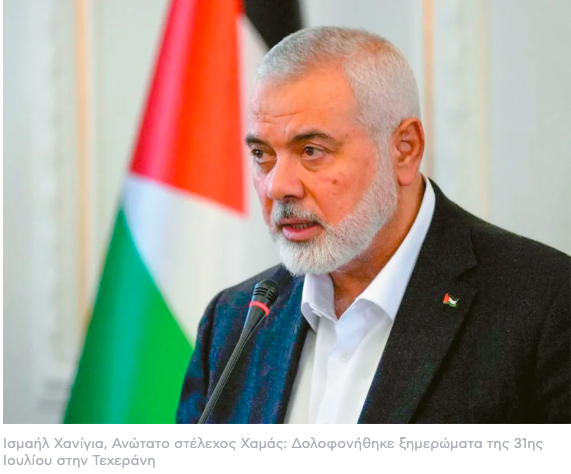
Two scenarios were formulated for its execution. He was executed outside his car with bullets to the head by the leader of the group. The executioners did not bother his wife. The other scenario, however, had Fakhrizadeh assassinated with an unmanned machine gun, loaded onto a truck, and controlled via satellite communications. The actual sniper manning the machine gun conducted the operation from an unknown location, 1,500 kilometers away.
Mohsen Fakhrizadeh, Iranian nuclear scientist: His execution marked the first reported use of Artificial Intelligence (AI) in an assassination attack
The operation was the first reported use of Artificial Intelligence in an assassination attack. The machine gun was connected to an advanced robotic device, equipped with AI and operating via satellite. Transporting the robotic killer to the business location was also a challenge as it weighed a ton. Its parts were disassembled, smuggled into Iran, and reassembled, and the robot was placed in the truck. These were revealed by the New York Times, based on information from Israeli intelligence sources.
When the scientist’s car was targeted by the robot, the Israeli operators were able to pick him out using facial recognition software. The machine gun opened fire. End with 15 bullets. None hit his wife, who was sitting next to him. The calendar read November 27, 2020.
Fouad Soukr: The recent (July 30) assassination of Hezbollah’s No. 2 military commander Fouad Soukr in Beirut’s Dahiya neighborhood was attributed to a breach of the organization’s internal communications network. Shukr received a phone call from someone instructing him to go to the second floor of the building where he lived.
Immediately, Israeli rockets hit the apartment, killing him. The phone call, according to a Hezbollah official, likely came from someone who had infiltrated the organization’s internal communications network.
Fuad Shukr, Hezbollah: The Islamist group’s No. 2 military commander was assassinated last July
Ismail Haniya: Ismail Haniya, a senior Hamas official, was assassinated in the early hours of July 31 in Tehran. The assassination left Iran’s security services exposed.
Lebanese Al Mayadeen Media reported that the attack was carried out by a missile launched from another country. The “New York Times” attributed it to a “smart bomb” that had been planted two months ago in a military hostel, where Haniya lived and was protected by the Revolutionary Guards, in Neshat, an aristocratic neighborhood of northern Tehran. According to the Telegraph, the Mossad hired Iranian agents to plant explosives in three of Neshat’s rooms. Again these were triggered by another country.
But sources cited by Axios said the Mossad killed Haniya by detonating an explosive device planted earlier in his bedroom. Ismail Haniya, Senior Hamas official: Assassinated in the early hours of July 31 in Tehran and other executions Israeli intelligence is credited with the executions of at least four more prominent Iranian scientists. All over the state, Iranian media blamed Israel and the US.
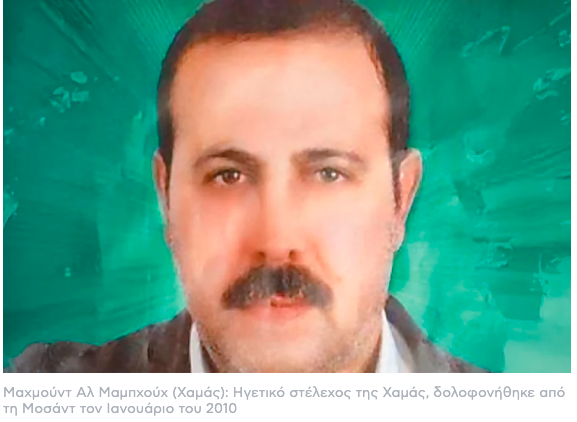
In January 2010, Masoun Ali Mohammadi, a physics professor at the University of Tehran, was killed by a remote-controlled bomb planted on his motorcycle. Masoun Ali Mohammadi, Iranian Physics Professor: Killed in January 2010 by a remote-controlled bomb planted on his motorcycle. In November 2010, Mazid Sahiari, a professor at the School of Nuclear Engineering at Shahid Behesti University in Tehran, was killed when his car exploded while on his way to work.
In January 2012, Mustafa Ahmadi Roshan, a nuclear scientist at the main uranium enrichment facility in Natanz, was killed in Tehran by a car bomb. In May 2022, Colonel Hassan Sayad Hodaei, of the Islamic Revolutionary Guard Corps (IRGC), was shot dead outside his home in Tehran.
The “Trauma” of October 7
Israel’s recent attacks in Lebanon, as well as the targeted executions of high-ranking terrorist organizations earlier this year, have underscored Israel’s capabilities to launch militarily and technologically sophisticated attacks even deep into enemy territory.
Something needed, after the confusion and embarrassment of October 7th. The Hamas terror attack dealt a devastating blow to Israel’s deterrence strategy. But also in his psychology, as before the blow, everyone’s self-confidence had reached its peak. The Israeli leadership believed in the country’s military superiority and invulnerability from a security point of view, and that this was how it could move into the future.
He had already advanced talks with Saudi Arabia, believing he could hit Iran and its allies without substantial consequences, without even jeopardizing long-standing US support. In a matter of hours, that confidence crumbled. It turned into a feeling of profound helplessness and universal insecurity. The Hamas offensive shattered Israelis’ most basic beliefs: that their military and technological superiority could deter their adversaries, and that they could live safely behind fortified borders and prosper economically, regardless of Palestinian progress. This was hit hard.
At the same time, citizens are furious with the Netanyahu government for its failure on October 7. And especially with the issue of hostages. And also that those in charge who failed to keep the country safe have not been held accountable.
This anxiety and anger reflect real domestic challenges to Israel’s national security. The IDF (Israeli army) is overstretched on multiple fronts, from Gaza to the West Bank, northern Israel, and beyond. The Mossad and its leader have been criticized for being harsh, underestimating, or even ignoring the deadly threat posed by Hamas. Its operational capabilities were underestimated, the Israeli security mechanisms were “hypnotized” and the tragedy of the dead and hostages came.
The answer was imperative. For reasons of prestige, raising morale, but also substance. There was agreement in Mossad doctrine: that this could only be done with new unprecedented strikes. That is why the Israeli leadership took greater operational risks to optimize the result, not hesitating to pay even higher costs.
Israeli analysts now express a sense of even existential threat, not felt since the country’s independence in 1948. After the trauma of October 7, Israelis’ acceptance of risk, but also their willingness to aggressive actions are at their peak.
Ask me anything
Explore related questions
